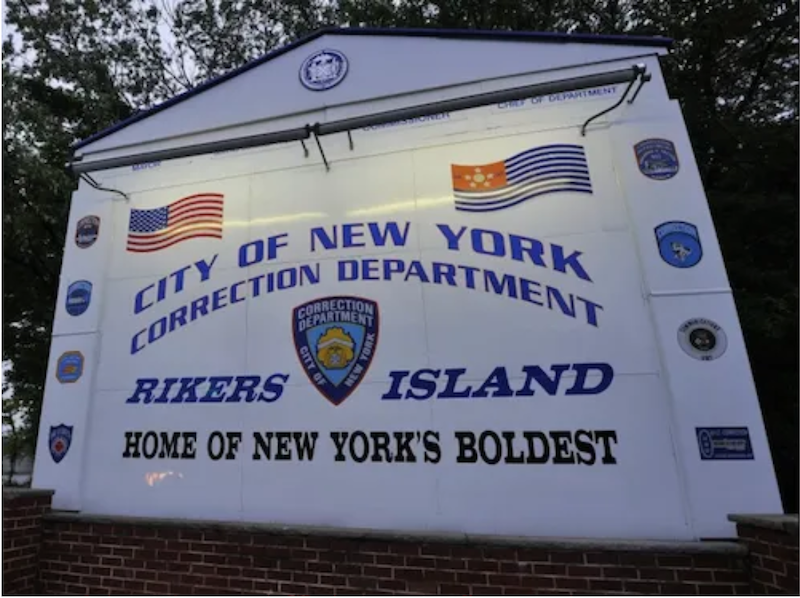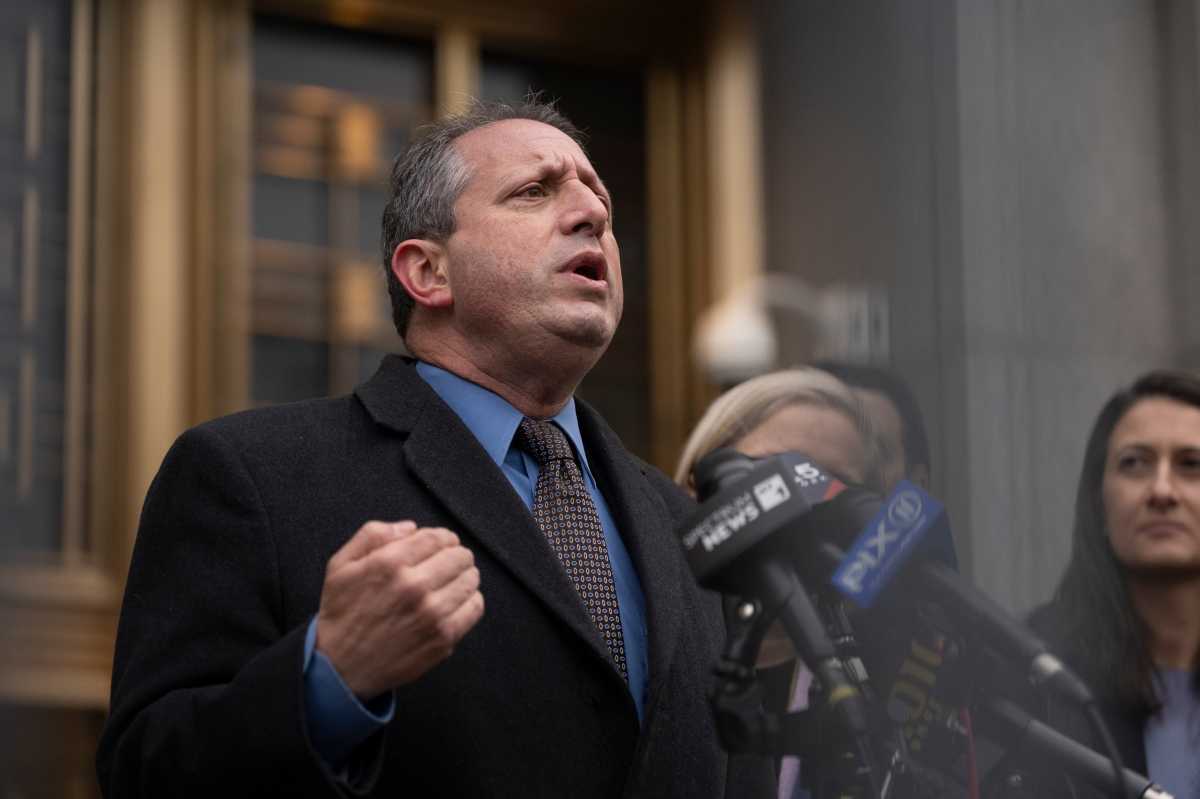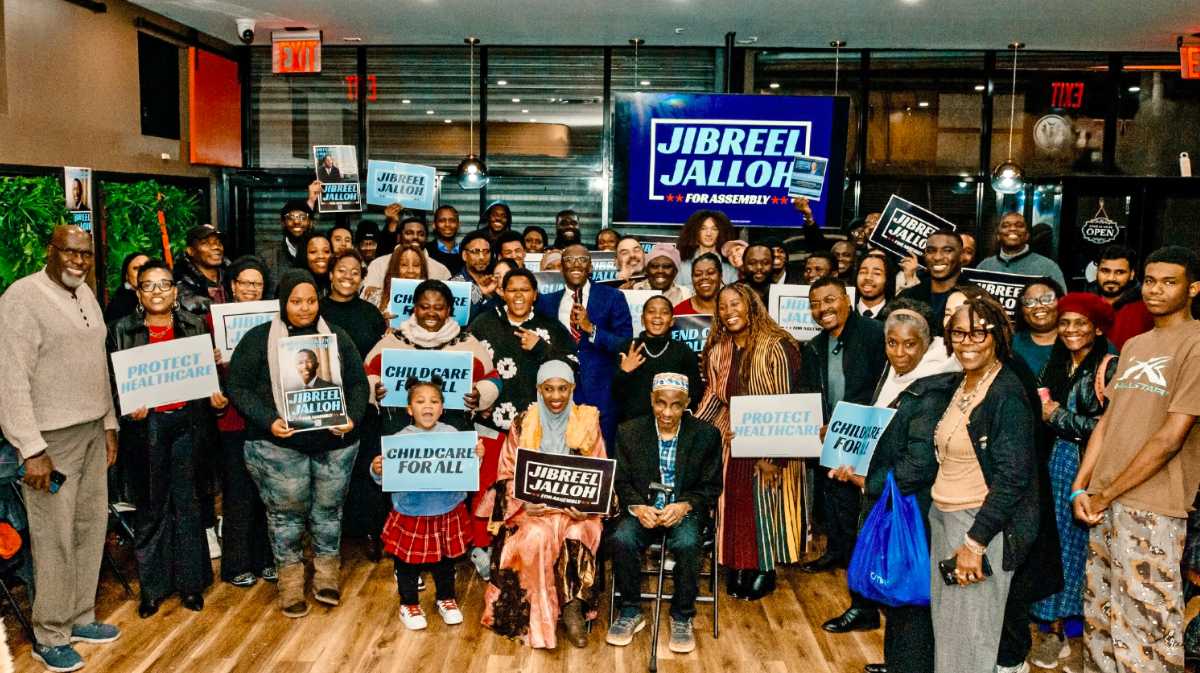In a historic move, the City Council voted 36-13 today to close the Rikers Island Jail complex by 2026 and transfer inmates to four smaller borough-based jails in Brooklyn, Queens, Manhattan and the Bronx in a $7.8 billion plan.
The infamous Rikers Island Jail, first opened 77 years ago in 1932, holds locally alleged lawbreakers awaiting trial and cannot afford or obtain, or are not given, bail from a judge; those serving sentences of one year or less; and those temporarily placed there pending transfer to another facility.
The plan comes out of both growing progressive criminal justice ideas and legislations as well as the continuing drop in the city’s crime rate. There are roughly 7,000 daily inmates currently at Rikers, down from a high of nearly 22,000 in 1991 during the height of the crack epidemic and when the city recorded over 2,000 yearly murders.
The plan calls for a further reduction in the jail population to 3,300 inmates by 2026, when the prisoners will be transferred to the borough-based jails.

“This action will bring the jail population to historic lows in New York City, transforming the standard criminal justice system to include an individualized approach and integrating community support,” said Majority Leader Laurie Cumbo (D-Fort Greene, Clinton Hill, Prospect Heights, Crown Heights).
“This reform will usher in a better New York for generations to come. Our current justice system is solely punitive, wrought with violence, and ignores mental health concerns. I want to close Rikers. I want trauma-informed care for those experiencing mental and emotional disturbances. I want both corrections and health professionals to be safe at work. I want a humane facility that detains those that need to be segregated from society while rehabilitating those that can be successfully reintegrated,” she added.
As part of the deal, the de Blasio administration and the City Council also agreed to the following:
– $54 million expansion of pretrial services including Supervised Release, the City’s primary diversion program. Since its inception in March 2016, Supervised Release has redirected 15,000 individuals from entering jail. This program will be expanded to become an option for people facing every type of criminal charge.
– $17 million in new funds to expand and continue Alternatives to Incarceration, a City Council led initiative that will serve an additional 7,300 people per year, reducing the number of people serving sentences in City jails.
– $2.7M in new investments and an expansion in the Cure Violence Initiative in six areas citywide including the 60th Precinct (Coney island, Brighton Beach, West Brighton Beach, Sea Gate) and 67th Precinct (East Flatbush and Remsen Village)
– Increasing Justice Impacted Supportive Housing from 120 to 270 beds, with an additional 230 JISH units for currently homeless, formerly incarcerated individuals, bringing the total bed commitment to 500 units.

Among the Brooklyn City Council members who voted against the plan was Carlos Menchaca (D-Sunset Park, Red Hook).
“I believe that there is nothing in the plan that guarantees investments in our communities to address poverty and insecurity. I believe that the Mayor’s plan does not actually close Rikers Island, despite the last minute and admirable attempts by my colleagues. I believe this is not a vote to further the cause of ending mass incarceration by attacking its root causes,” said Menchaca before announcing he would vote ‘No’ on the plan.
“Instead, I believe this vote only enriches developers in the short-term while leaving the fate of Rikers in the hands of a future Mayor and a future Council,” he added.
Meanwhile, Brooklyn Borough President Eric Adams, a retired New York City Police Department Captain had a more nuanced reaction to the vote.

“For all the effort it has taken to close the physical structures on Rikers Island, it will be much more difficult to close the pipeline that has fed Rikers for decades. Solving the underlying causes of crime and recidivism are a pressing challenge we must take on as a city, a challenge that has been my focus since my days in the NYPD,” said Adams.
“The ULURP [Uniform Land Use Review Procedure] recommendation I put forward earlier this year lays out a vision for how to achieve that: It includes focusing on rehabilitation over incarceration, providing workforce and educational opportunities for inmates, providing mental health services and mindfulness training to those struggling with trauma, as well as finally addressing the taboo around the prevalence of people with learning disabilities in our jails.
“This is a milestone in criminal justice reform, but it is incomplete without the hard work to come. We cannot unfurl any ‘mission accomplished’ banners yet, not when there’s still so much more work to do to make our city safe and just for every single New Yorker.”










